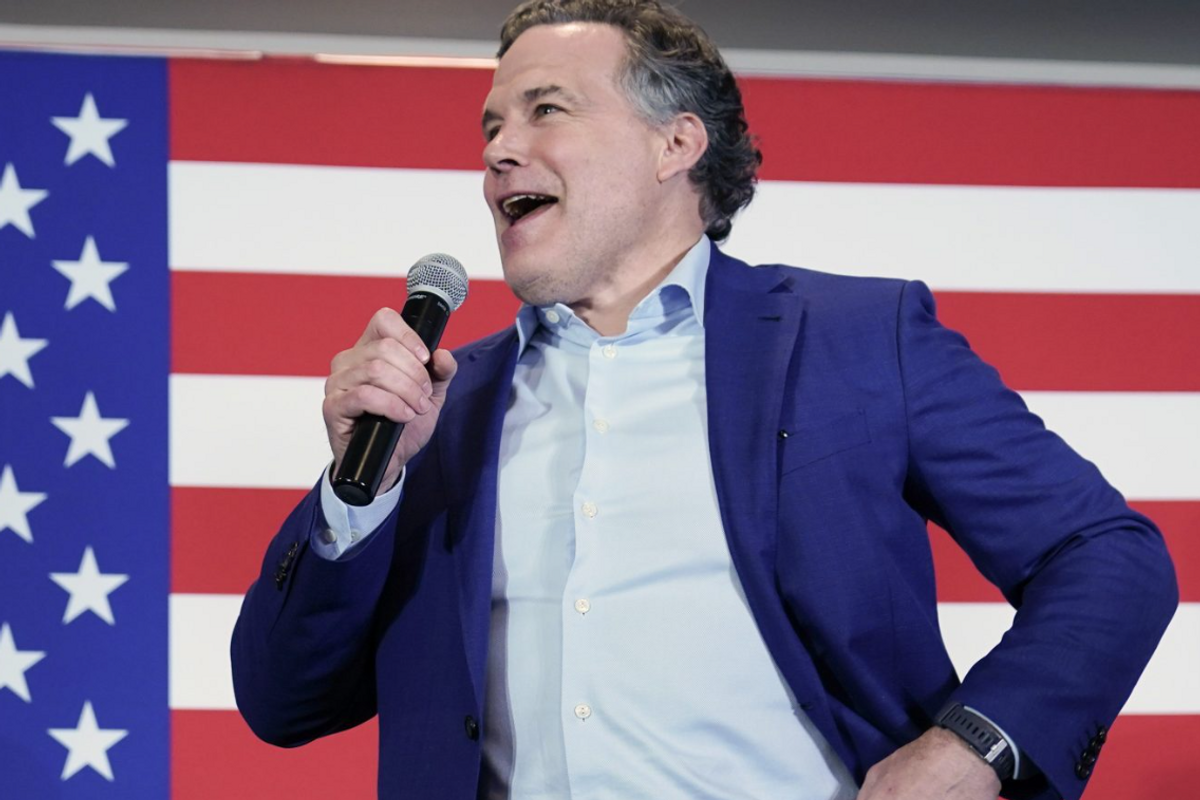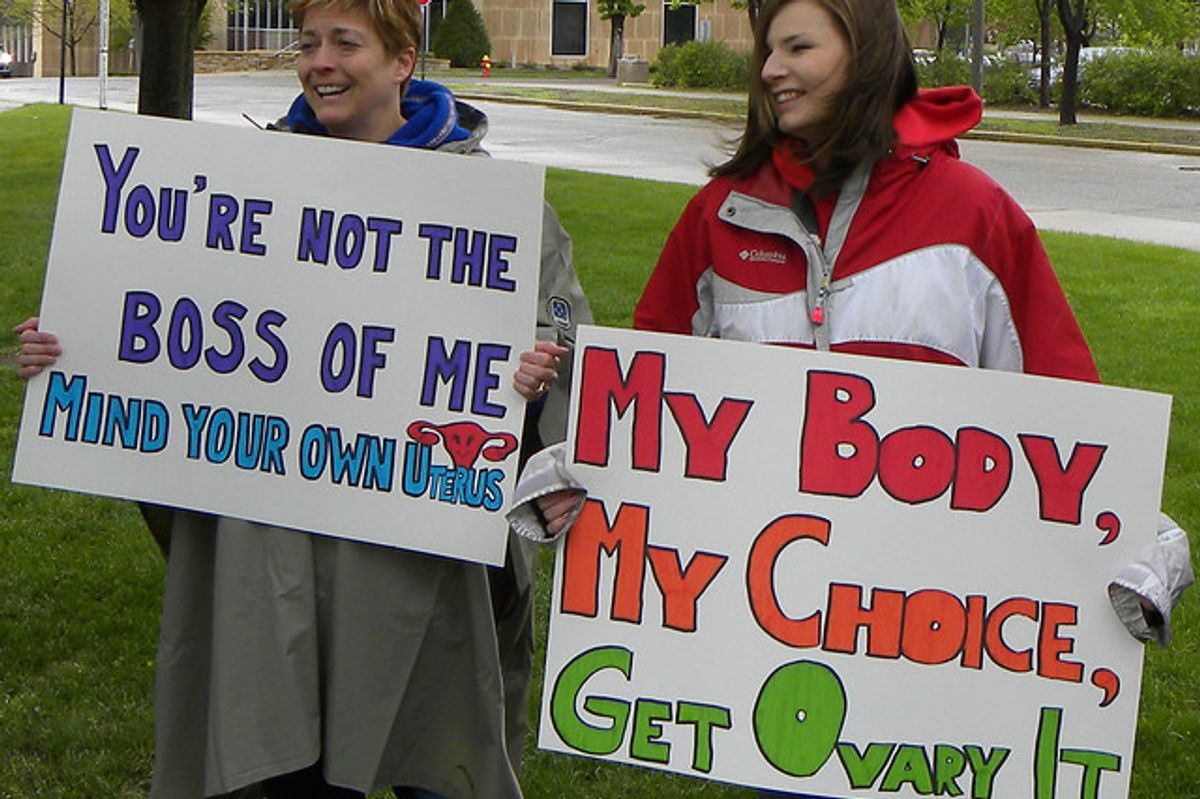Weekend Reader: ‘Headstrong: 52 Women Who Changed Science — And The World’

“Why do we keep writing about scientists in the context of their gonads?” journalist Christine Aschwanden asked in a 2013 blog post. “Treating female scientists as special cases only perpetuates the idea that there’s something extraordinary about a woman doing science.”
Aschwanden was referring to the endemic problem she found in writings about scientists who happened to be women, namely that the article, profile, or obituary would inevitably diminish the scientist’s achievements by burying them in anecdotes about her husband, her children, or her success as a “role model.” To counter gender bias in science writing, she proposed the “Finkbeiner Test,” named for her colleague Ann Finkbeiner, who had lamented in her own blog post that writers who emphasize a scientist’s gender distract attention from where it belongs — on the science.
Headstrong: 52 Women Who Changed Science — and the World, a remarkable new book by Rachel Swaby, is focused on the science. It is endlessly fascinating, compulsively readable, accessible, and illuminative. In brisk, exuberant prose, Swaby creates lasting portraits of 52 women who deserve to be recognized, not as “women scientists,” but as revolutionary in their own right — as scientists whose innovations had a permanent impact on medicine, physics, astronomy, technology, and more; and whose contributions continue to influence the way we see our world, and ourselves.
You can read Swaby’s introduction below. The book is available for purchase here.
This book about scientists began with beef stroganoff. According to the New York Times, Yvonne Brill made a mean one. In an obituary published in March 2013, Brill was honored with the title of “world’s best mom” because she “followed her husband from job to job and took eight years off from work to raise three children.” Only after a loud, public outcry did the Times amend the article so it would begin with the contribution that earned Brill a featured spot in the paper of record in the first place: “She was a brilliant rocket scientist.” Oh right. That.
The error — stroganoff before science; domesticity before personal achievement — is so cringe-worthy because it’s a common one. In 1964, when Dorothy Crowfoot Hodgkin won the greatest award that chemistry has to offer, a paper declared “Nobel Prize for British Wife,” as if she had stumbled upon the complex structures of biochemical substances while matching her husband’s socks. We simply don’t speak of men in science this way. Their marital status isn’t considered necessary context in a biochemical breakthrough. Employment as an important aerospace engineer is not the big surprise hiding behind a warm plate of noodles. For men, scientific accomplishments are accepted as something naturally within their grasp.
In 1899, the inventor and physicist Hertha Ayrton put on a demonstration showing her latest breakthrough in calming the temperament of the arc light, long notorious for hissing and flickering. When the paper reported on the presentation, it treated Ayrton like some kind of circus performer: “What astonished the lady visitors…was to find one of their own sex in charge of the most dangerous-looking of all the exhibits. Mrs. Ayrton was not a bit afraid.” Annoyed by this and many other similar perspectives, Ayrton called out a persistent problem with the way she and her contemporaries like Marie Curie were treated: “The idea of ‘women and science’ is entirely irrelevant. Either a woman is a good scientist or she is not; in any case she should be given opportunities, and her work should be studied from the scientific, not the sex, point of view.”
Even today, it’s important we hear those words again. We need not only for fairer coverage of women in science, but more of it.
Access to role models really matters for girls coming up in the STEM fields. Sally Ride turned her father into an advocate for the cause. After coming across an advertisement featuring a boy daydreaming about the day he would go up into space, Ride’s father wrote a strongly worded letter to the advertiser pointing out an inherent bias in educating children that should be corrected. “As a parent of the first US woman astronaut, I know first hand that girls also aspire to math and science and we should encourage her to ‘get America’s future off the ground.’ ” In a New York Times Magazine article, Eileen Pollack, one of the first two women to earn a bachelor’s degree in physics at Yale, noted the large poster of famous mathematicians hanging in her alma mater’s math department lobby which — even at the time of the article, in 2013 — didn’t include a single woman. She opted not to continue on in science. In early 2014, a seven-year-old named Charlotte wrote an open letter to Lego. “I went to a store and saw Legos in two sections, the pink [girls] and the blue [boys]. All the girls did was sit at home, go to the beach, and shop and they had no jobs but the boys went on adventures, worked, saved people, and had jobs, even swam with sharks. I want you to make more Lego girl people and let them go on adventures and have fun ok!?!”
As girls in science look around for role models, they shouldn’t have to dig around to find them. By treating women in science like scientists instead of anomalies or wives who moonlight in the lab as well as correcting the cues given to girls at a young age about what they’re good at and what they’re supposed to like, we can accelerate the growth of an entire new generation of chemists, archeologists, and cardiologists while also revealing a whole hidden history of the world.
By her own standards, Hertha Ayrton was a good scientist. So was the detail-oriented seismologist Inge Lehmann, and the firecracker neuroembryologist Rita Levi-Montalcini, too. The scientists in this book aren’t included because they were women practicing science or math in a time when few women did — although by that criteria, many would fit. They’re included because they discovered the earth’s inner core, revealed radioactive elements, dusted off a complete dinosaur skeleton, or launched a new field of scientific inquiry. Their ideas, discoveries, and insights made earth-shaking changes to the way we see the world (and that goes for the seismologist, too).
Accomplishments alone could have warranted inclusion in a different kind of book, but to be here, narrative — a secret bedroom lab, an ocean-floor expedition, or a stolen photograph that helped solve the structure of DNA — needed to be the twin pillar of achievement. Bullet points of a dazzling career weren’t enough.
To make sure each subject’s lasting influence is clear, the book includes only scientists whose life’s work has already been completed. Omitting the living was particularly painful since it meant filtering out so many extraordinary scientists and achievements. Furthermore, opportunities for white women in STEM fields opened up before they did for women of color. Even five years from now, a book with much greater diversity would emerge from the same criteria.
Because Marie Curie is who we talk about when we talk about women in science, I’ve chosen not to include her. She’s the overwhelming favorite for almost every occasion: the token woman in a deck of cards featuring famous scientists, the one most likely to pop up in casual conversation, and the scientist to which all other women in science are compared. A two-time Nobel Prize winner, the director of Paris’s hugely influential Radium Institute, and the scientist who first drew widespread public attention to this little prize called the Nobel, Curie certainly deserves her place in history and in our zeitgeist. For Chien-Shiung Wu, Marguerite Perey, and even her own daughter, Irène Joliot-Curie, Marie Curie was an inspiration. My hope is that the stories in this book will provide readers of every age a new set of scientists, mathematicians, and engineers to admire.
So instead of calling every standout woman in science the Marie Curie of her field, next time someone really lives for their work, let’s call them the Barbara McClintock of their specialty. If a scientist charts new territory, let’s refer to them as the Annie Jump Cannon of their particular exploration. If a researcher puts herself in physical danger for an experiment, let’s say she’s like any number of the scientists here who worked with radioactivity or mustard gas.
There are fifty-two profiles in this book. Read one a week, and in a year you’ll know whose research jump-started the Environmental Protection Agency, who discovered wrinkle-free cotton, and even whose ingenious score has now saved generations of struggling newborns. So little coverage has been dedicated to these scientists elsewhere that, in going through these profiles, I hope you’ll feel like you’ve gained a breadth of knowledge that rivals that of Salome Waelsch.
Reprinted from Headstrong: 52 Women Who Changed Science — and the World. Copyright © 2015 by Rachel Swaby. Published by Broadway Books, an imprint of Penguin Random House LLC.
If you enjoyed this excerpt, purchase the full book here.
Want more updates on great books? Sign up for our email newsletter!



